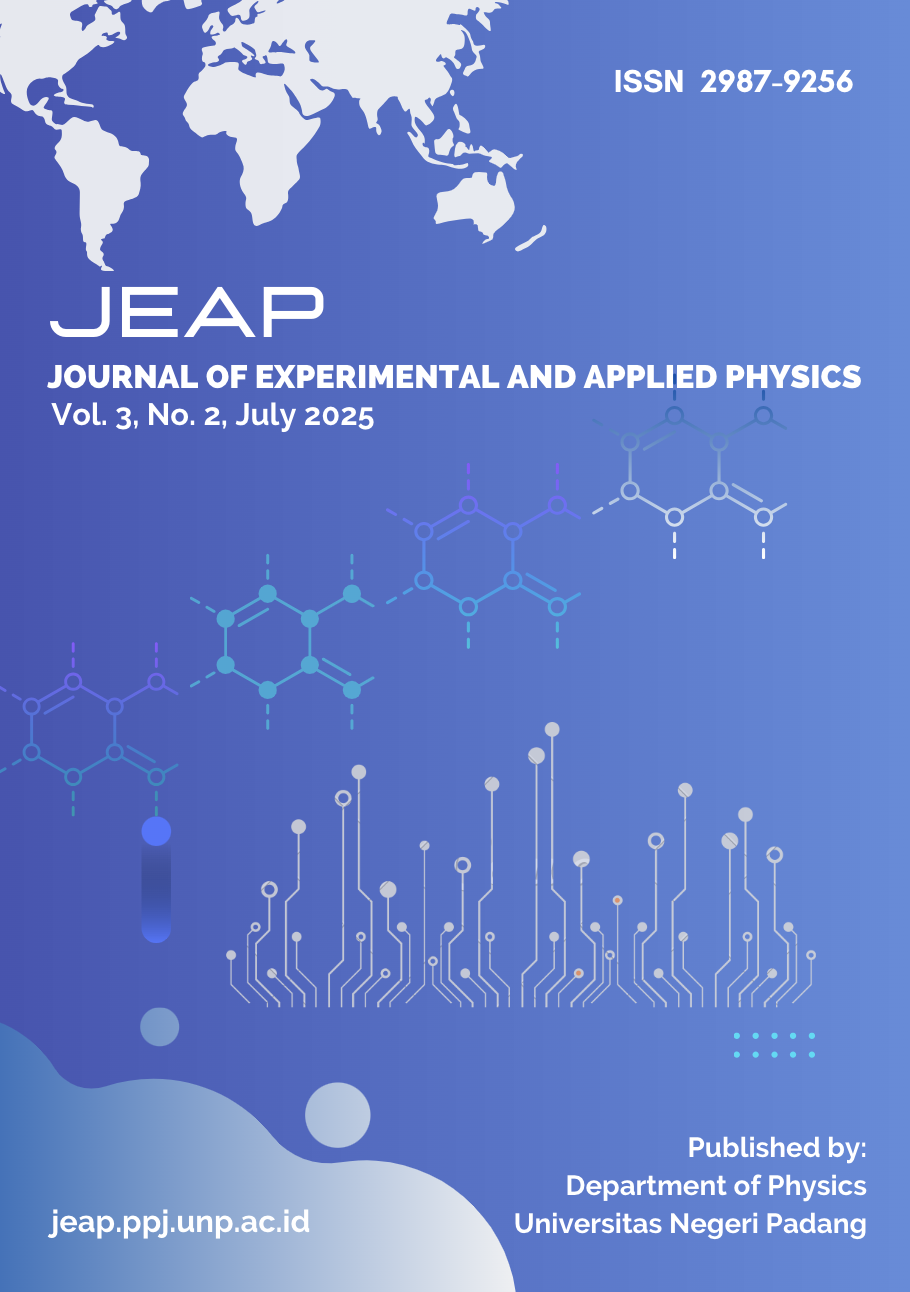Monitoring Tool for Infusion Administration in Patients Using NodeMCU ESP32
DOI:
https://doi.org/10.24036/jeap.v3i2.100Keywords:
Sensors, Photoelectric, NodeMCU, Monitoring, InfusionAbstract
The use of appropriate technology in today's era is very necessary, especially in the medical world, one of which is in the administration of IV fluids. Infusion (intravenous therapy) is a medical action to provide fluids in the form of drugs and nutrients through the blood vessels to patients precisely and consistently in doses according to the patient's needs. The infusion equipment currently used is still manual by medical personnel or nurses in installing and monitoring patients routinely. In the use of this infusion, problems will arise if the use of the infusion is not monitored properly so that there will be a run out of IV fluid or an excess dose of IV which can endanger the patient. Due to changes in the drip rate, fluids that are less or more than what is needed by the patient can cause suboptimal therapy, dehydration or metabolic disorders. Previous research has made an automatic IV monitoring tool, but IV monitoring cannot be done remotely, as well as wasteful use of microcontrollers. From the problems that arise, a monitoring system for IV administration to hospital patients is designed using the NodeMCU ESP32. This tool starts from reading the number of IV fluid drops by the Photoelectric LM393 sensor, the data of which is then processed by the NodeMCU ESP32. The data is compared to a predetermined configuration, and if the number of drops exceeds a certain limit, a notification will be sent to the blynk application. In addition, this tool also sends data on the number of drops to the blynk application for remote monitoring. The results of the tool test show that the tool has a high level of accuracy with an average low error percentage of 1.75%, and is able to provide real-time data for monitoring and controlling the speed of infusion drops according to patient needs.
Downloads
Published
How to Cite
Issue
Section
License
Copyright (c) 2025 Erik Fernando

This work is licensed under a Creative Commons Attribution-ShareAlike 4.0 International License.




 Journal of Experimental and Applied Physics
Journal of Experimental and Applied Physics